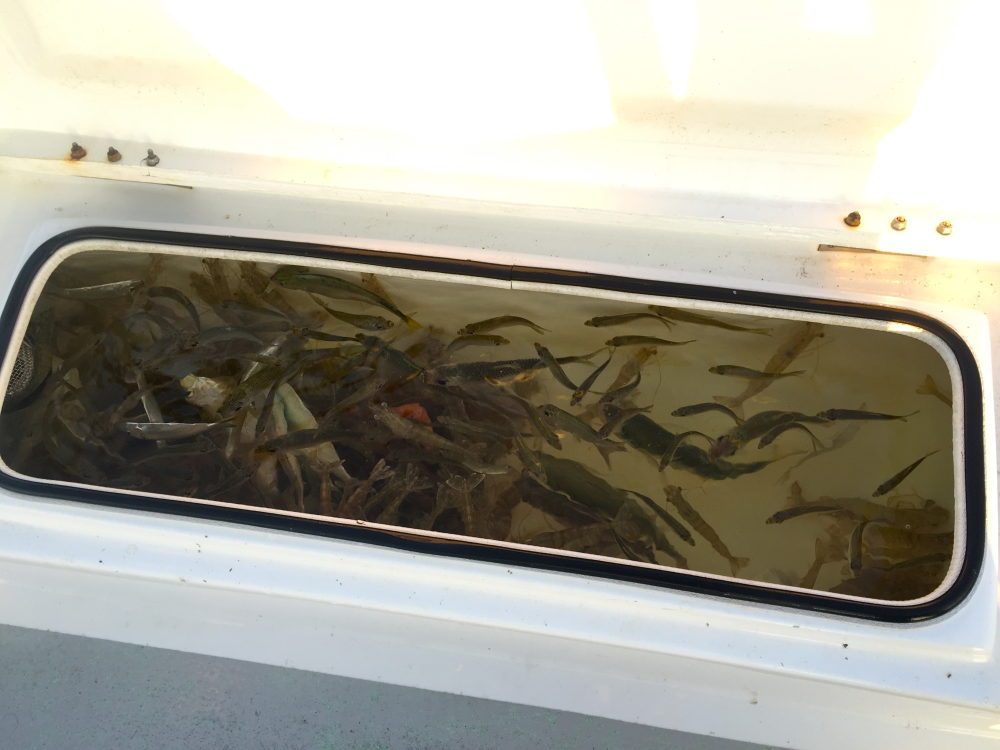Fishing resources and tips for the empowered female angler.
3 Tips for Keeping Your Saltwater Fishing Bait Alive
November 2, 2015
When targeting certain saltwater species, such as snook or permit, you’ll often experience a much higher degree of fishing success if you rig your lines with active baits. So, what should you do when you experience challenges with keeping your saltwater fishing bait supply healthy and alive throughout the course of your day?
Well, there are a few key factors that you should consider when stocking your livewell with baitfish for a saltwater fishing trip. If you pay attention to these factors, you will save yourself a considerable amount of time and money. After all, there’s nothing more frustrating than filling your livewell with bait, running to your favorite spot when you know the tide will be moving, and then arriving to find the majority of your baits dead — with the remaining survivors looking like they won’t make it through the next five minutes.
Here are three key factors that can make a big difference when it comes to keeping your saltwater fishing bait alive:
- Water temperatures should be considered. The warmer the water, the less bait you should pack into the well. On the flip side, the cooler the water, the more bait you can keep alive. Cooler water can hold more dissolved oxygen than warm water, and fish need to have enough dissolved oxygen in the water to breathe.
- Check for any obstructions in your livewell. Obstructions in your livewell (such as weeds or dead baits) can affect water circulation, can cause your baits to lose scales, and will prevent them from swimming freely. Good circulation is important if you want to keep your baits alive.
- Check the amount of water that flows through your livewell. Livewell pumps can be as small as 200 GPH (gallons per hour) or as large as 1500 GPH. The greater the amount of water you can circulate through your livewell, the more bait you can successfully hold. Know the limits of your livewell.
Now that you know what to do to keep your saltwater fishing bait alive longer, learn how to rig your baits for maximum action and catch more fish.
